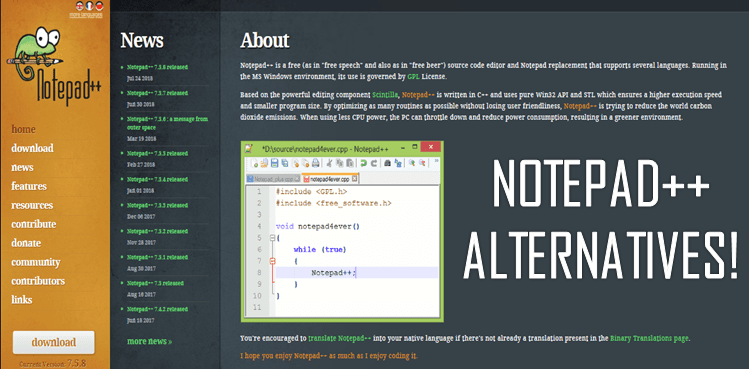
- #Equivalent software to origin for mac os mac os x#
- #Equivalent software to origin for mac os software#
- #Equivalent software to origin for mac os Pc#
The final product’s screen was a 9-inch, 512×342 pixel monochrome display, exceeding the prototypes. Though there were no memory slots, its RAM was expandable to 512 KB by means of soldering sixteen chip sockets to accept 256 Kb RAM chips in place of the factory-installed chips. The final Mac design was self-contained and had the complete QuickDraw picture language and interpreter in 64 Kb of ROM and 128 KB of RAM. Smith’s design used fewer RAM chips than the Lisa, which made production of the board significantly more cost-efficient. By December 1980, Smith had succeeded in designing a board that not only used the 68000, but bumped its speed from 5 to 8 megahertz (MHz) this board also had the capacity to support a 384×256 pixel display. Bud Tribble, a Macintosh programmer, was interested in running the Lisa’s graphical programs on the Macintosh, and asked Smith whether he could incorporate the Lisa’s Motorola 68000 microprocessor into the Mac while still keeping the production cost down. Original Macintosh Specifications The first Macintosh board, designed by Burrell Smith, had 64 kilobytes (KB) of RAM, used the Motorola 6809E microprocessor, and was capable of supporting a 256×256 pixel black-and-white bitmap display.
#Equivalent software to origin for mac os software#
Over the years, Raskin assembled a large development team that designed and built the original Macintosh hardware and software besides Raskin, Atkinson and Smith, the team included Chris Espinosa, Joanna Hoffman, George Crow, Bruce Horn, Jerry Manock, Susan Kare, Andy Hertzfeld, and Daniel Kottke.

Bill Atkinson, a member of Apple’s Lisa team (which was developing a similar but higher-end computer), introduced him to Burrell Smith, a service technician who had been hired earlier that year. In September 1979, Raskin was authorized by the management to start hiring for the project, and he began to look for an engineer who could put together a prototype. He wanted to name the computer after his favorite type of apple, the McIntosh, but the name had to be changed for legal reasons. The Macintosh project started in the late 1970s with Jef Raskin (1943–2005) (see the nearby image), an Apple employee, who envisioned an easy-to-use, low-cost computer for the average consumer. The Apple Macintosh GUI The Beginning of Macintosh Computers
#Equivalent software to origin for mac os mac os x#
However, Apple does not license Mac OS X for use on non-Apple computers. The modern Mac, like other personal computers, is capable of running alternative operating systems such as Linux, FreeBSD, and, in the case of Intel-based Macs, Microsoft Windows. Apple also develops the operating system for the Mac. Apple exclusively produces Mac hardware, choosing internal systems, designs, and prices.
#Equivalent software to origin for mac os Pc#
This is in contrast to most IBM PC compatibles, where multiple sellers create hardware intended to run another company’s operating software. Production of the Mac is based on a vertical integration model in that Apple facilitates all aspects of its hardware and creates its own operating system (called System Software, later renamed to Mac OS, see the lower image) that is pre-installed on all Mac computers.

The first Macintosh was introduced on January 24, 1984, by Steve Jobs and it was the first commercially successful personal computer to feature two known, but still unpopular features-the mouse and the graphical user interface, rather than the command-line interface of its predecessors.


The Macintosh, or Mac, is a series of several lines of personal computers, manufactured by Apple Inc.


 0 kommentar(er)
0 kommentar(er)
